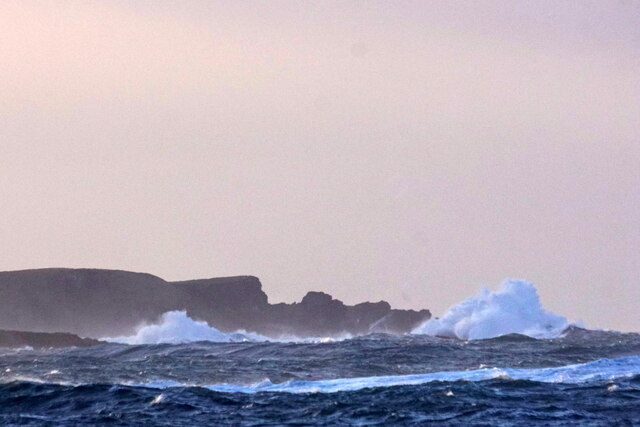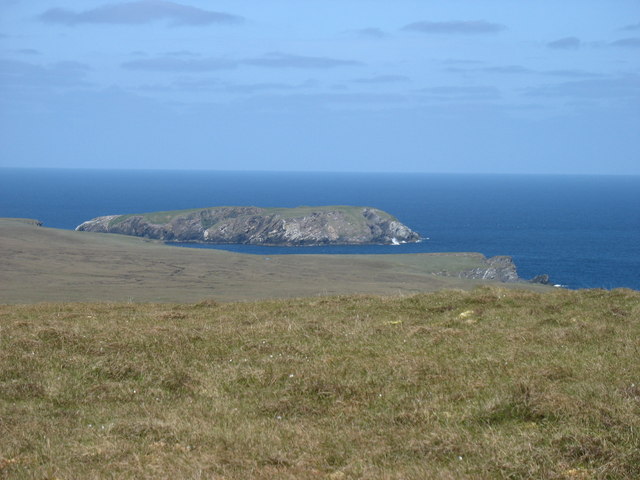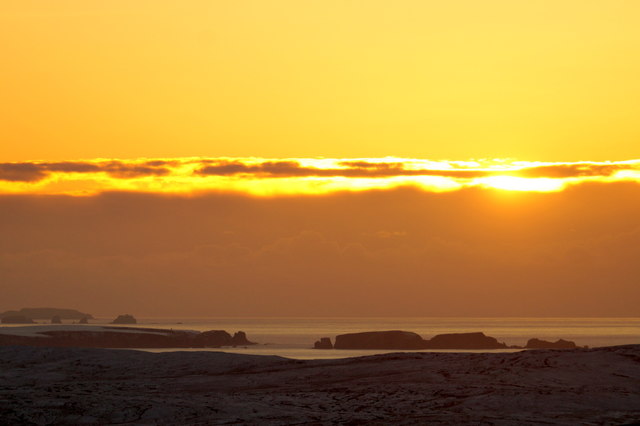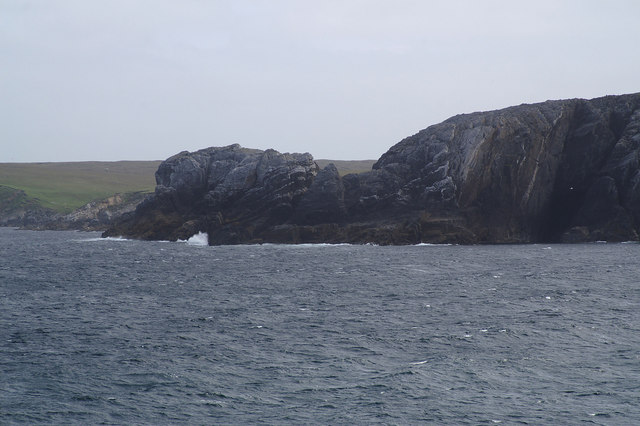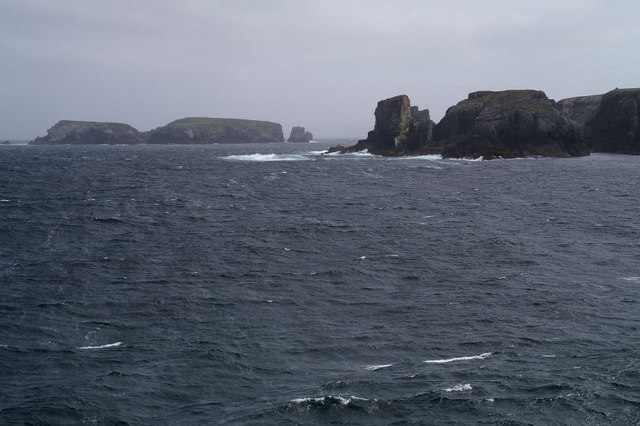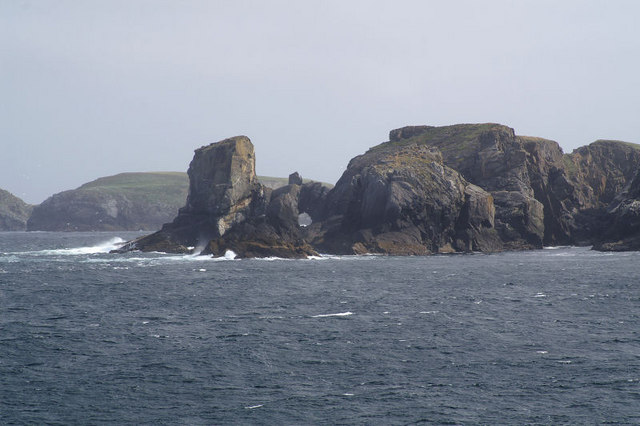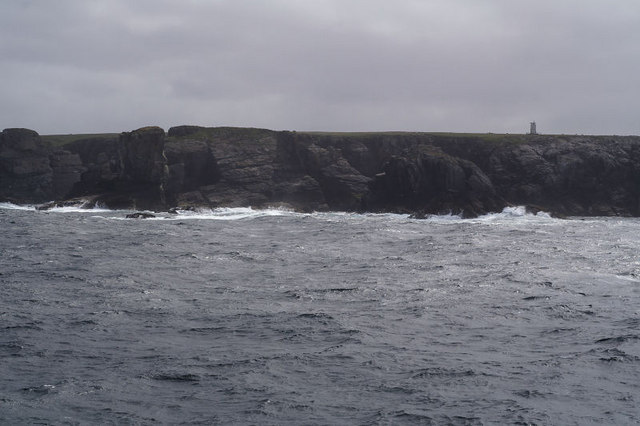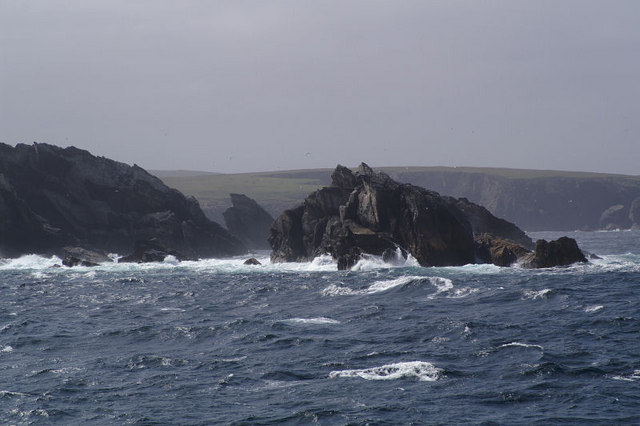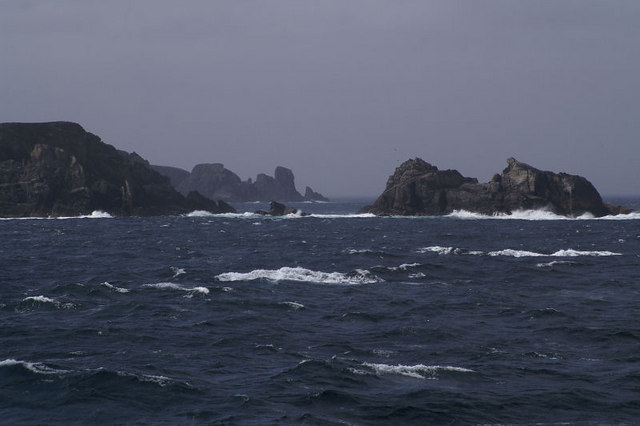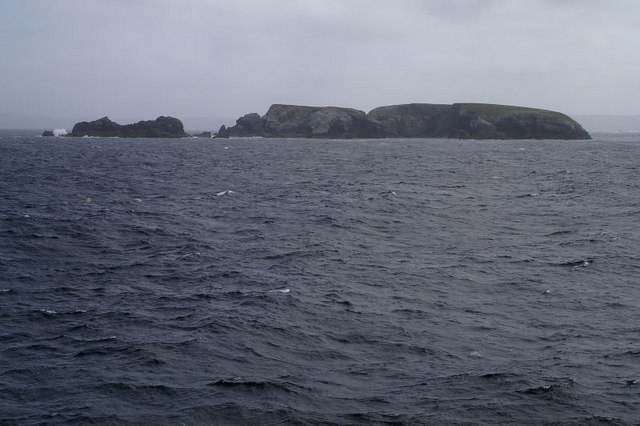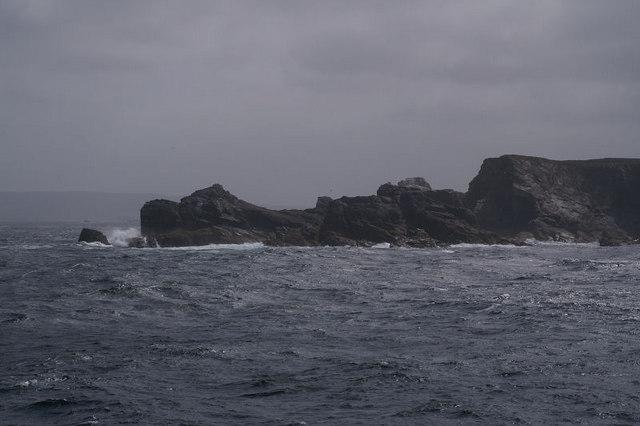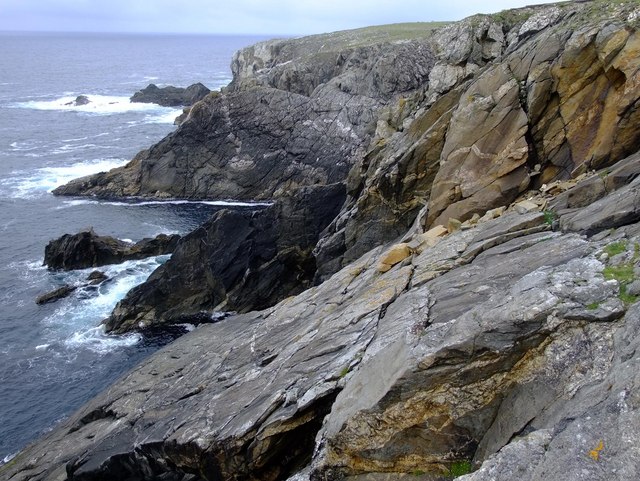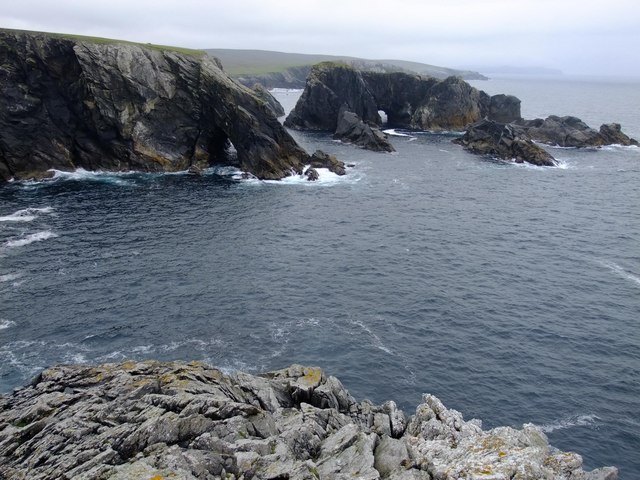Birrier
Cliff, Slope in Shetland
Scotland
Birrier
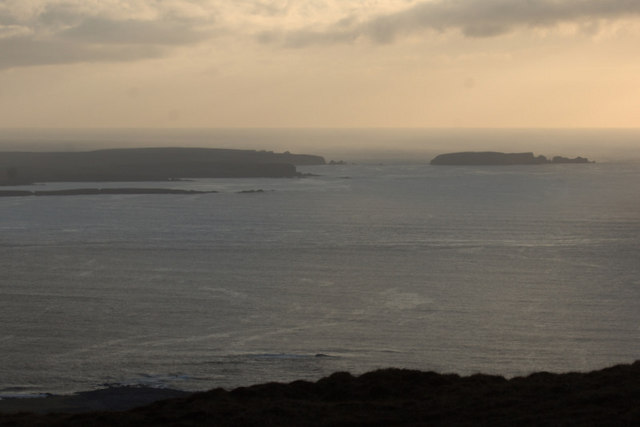
Birrier, Shetland is a stunning coastal feature located on the west coast of the Shetland Islands, Scotland. It is a cliff and slope formation that stretches for approximately 1.5 kilometers along the rugged shoreline. Birrier is situated near the small village of Walls, providing visitors with easy access to this natural wonder.
The cliffs at Birrier are impressive, rising up to 50 meters in height. They are composed of layered rocks, showcasing the geological history of the region. The slopes leading down to the sea are covered in lush vegetation, creating a beautiful contrast against the dark rocks. The area is rich in wildlife, with an abundance of seabirds, including puffins, guillemots, and razorbills, nesting along the cliffs.
The coastal path that runs along Birrier offers breathtaking views of the North Atlantic Ocean and the surrounding islands. It is a popular spot for hiking and birdwatching, attracting nature enthusiasts from near and far. The rugged terrain and crashing waves add to the dramatic beauty of the landscape, making it a photographer's dream.
Visitors to Birrier can also explore the nearby beach, which is a mix of sand and pebbles. It is an ideal spot for a leisurely stroll or a picnic, with its picturesque views and tranquil atmosphere.
Birrier, Shetland is a must-visit destination for anyone seeking to witness the raw, natural beauty of the Scottish coastline. Its impressive cliffs, abundant wildlife, and scenic views make it a truly unforgettable experience for nature lovers and adventurers alike.
If you have any feedback on the listing, please let us know in the comments section below.
Birrier Images
Images are sourced within 2km of 60.727984/-1.1228585 or Grid Reference HP4705. Thanks to Geograph Open Source API. All images are credited.
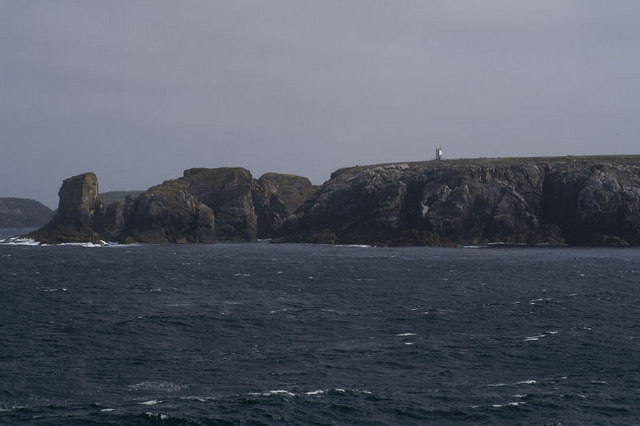
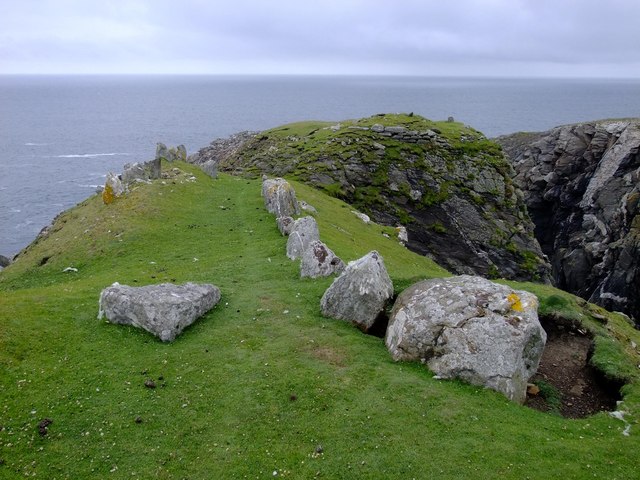
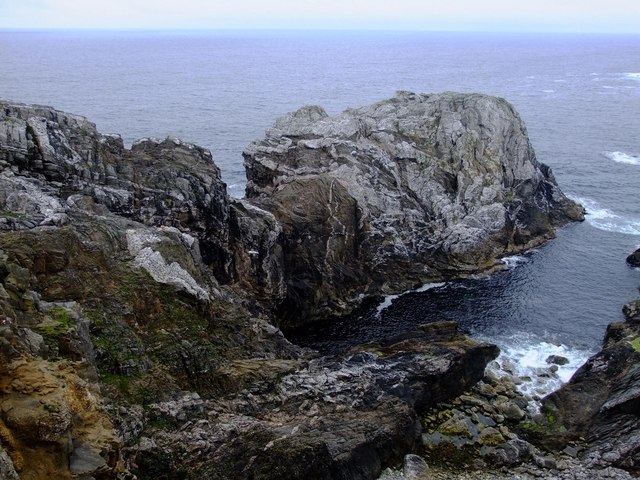
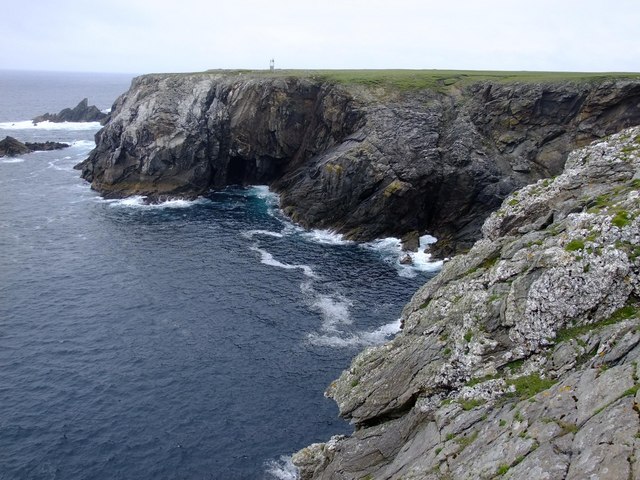
Birrier is located at Grid Ref: HP4705 (Lat: 60.727984, Lng: -1.1228585)
Unitary Authority: Shetland Islands
Police Authority: Highlands and Islands
What 3 Words
///supply.obliging.pushed. Near Gutcher, Shetland Islands
Nearby Locations
Related Wikis
Gloup Holm
Gloup Holm is an islet in the Shetland Islands, lying to the north of Yell. == Geography and geology == Gloup Holm is near to the part of Yell called North...
Gloup
Note: Gloup is common in Scottish placenames referring to a sea jet. Gloup is a village in the far north of the island of Yell in the Shetland Islands...
Cullivoe
Cullivoe (Old Norse: Kollavágr - Bay of Kolli), is a village on Yell in the Shetland Islands. It is in the north east of the island, near Bluemull Sound...
Brough Holm
Brough Holm is a small island off Unst, in the North Isles of Shetland. It is off Westing, which as the name implies is on the west coast of Unst. The...
Nearby Amenities
Located within 500m of 60.727984,-1.1228585Have you been to Birrier?
Leave your review of Birrier below (or comments, questions and feedback).
